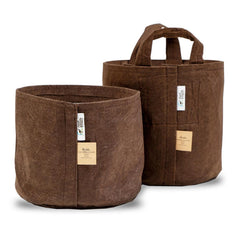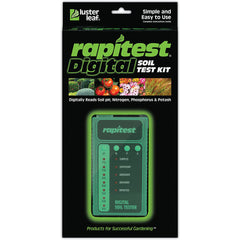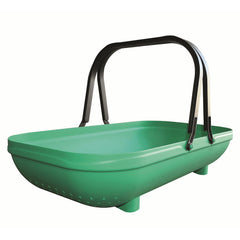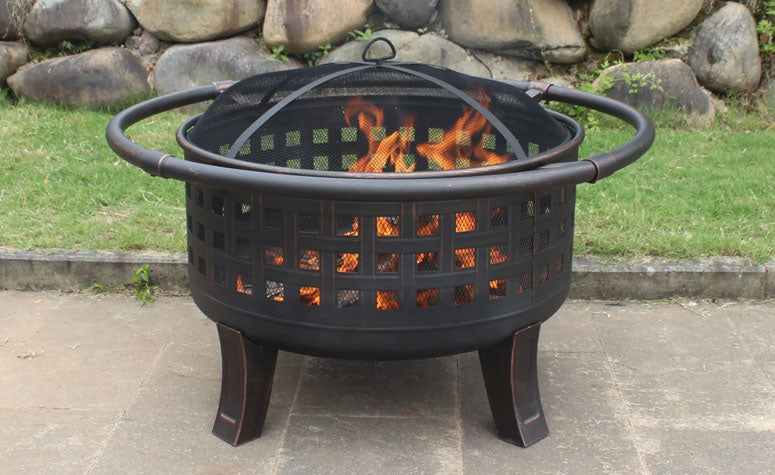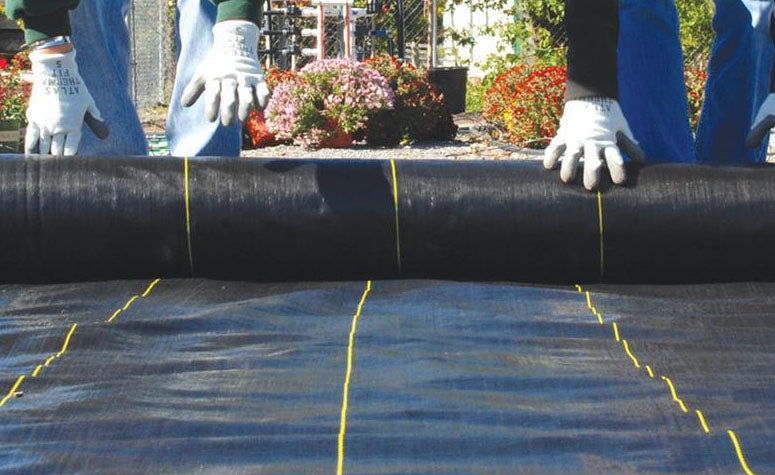Spinach should be cared for much like other leafy greens. Direct sunlight is best, but spinach can tolerate partial shade, especially during warmer seasons. Soil temperatures must be between 40 and 70 degrees for spinach to germinate and grow successfully; higher temperatures cause premature flowering. Use loose, slightly acidic soil and provide 1-2 inches of water per week. Add mulch around your spinach plants to manage moisture and weed growth.
Although spinach does best during cold, damp weather, this makes it more vulnerable to fungal diseases, including fusarium wilt, damping-off and downy mildew. To help combat these, ensure plenty of air circulation and water the plants first thing in the morning so the leaves can dry by evening. Also, watch for common pests such as aphids and flea beetles; use fencing to deter rabbits and other wild animals.

















